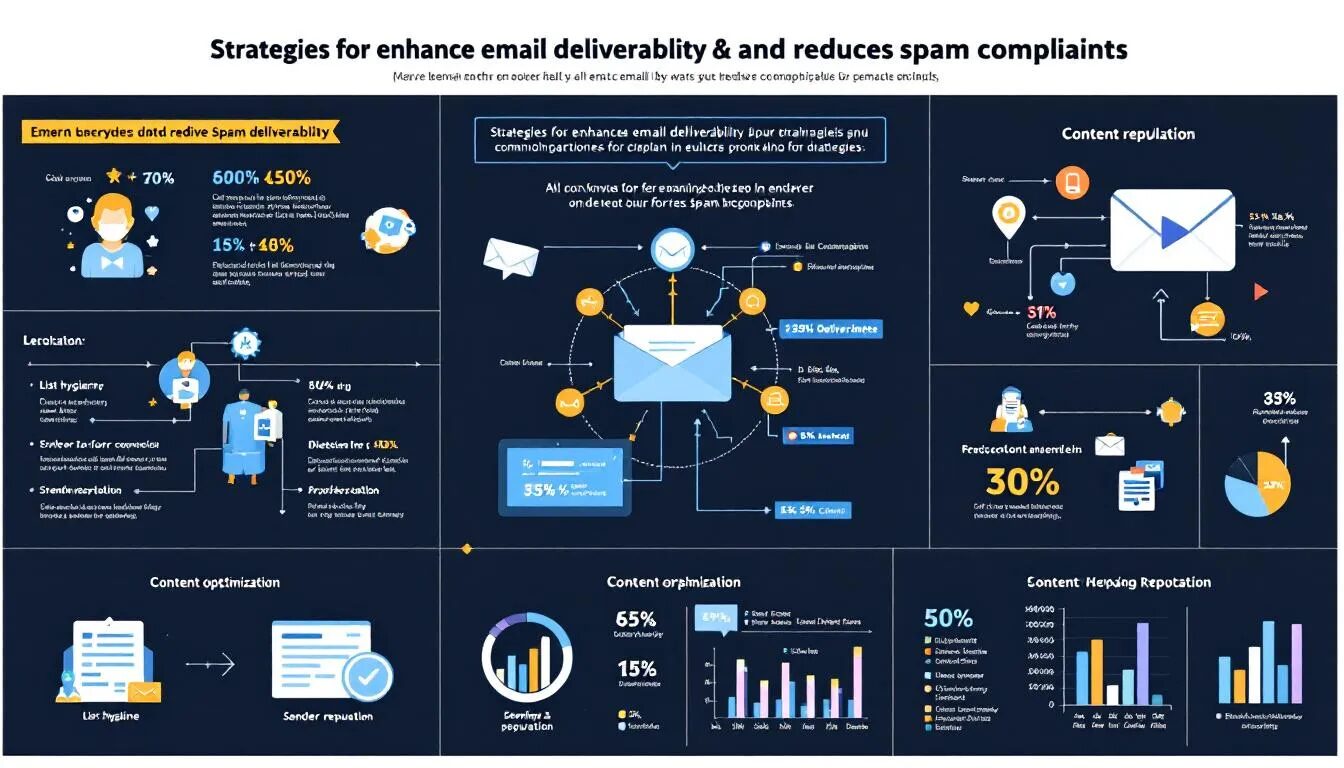
Why Your Customer Service Policy Stinks
This article by VerticalResponse CEO and founder Janine Popick originally appeared on Inc.com.
I recently was on a flight on a well-known airline that shall not be named. I love flying with this particular airline because I can get online. Since I know I’ll be on a plane for three to five hours, sometimes I save work so that I can do it while in the air.
Twice now, I haven’t been able to get online with the wi-fi provider contracted by this airline. Other times, it’s been so slow that it was impossible to do something as simple as loading a Web page.
The first time I had issues, I thankfully was able to get on a live chat to tell them I wanted a refund. The customer service rep gently told me they don’t give refunds, just credit. I was not happy, but since I knew I’d be flying again, I lived with it.
This most recent time, I could only send and get email. So while on the flight, I got my receipt from the wi-fi provider, and replied that I wanted another credit. (For some reason, they didn’t automatically apply the credit that I got from the last incident.) I was met with the following email:
Thank you for contacting (name withheld) Customer Care. We are very sorry to hear that you were unable to utilize our services on your last flight. Our service is not optimized for streaming/downloading any type of media like Pandora or Netflix.
We want everyone to have the ability to stay in touch, in flight. In order to preserve an equitable Internet experience for passengers on your flight, (name withheld) prioritizes different types of usage. Users consuming excessive bandwidth in a short period of time (example: downloading or uploading large files, streaming HD video, file sharing, multi-player gaming) may be temporarily given a lower bandwidth priority during some or all of their session.
The funny thing is, I couldn’t get online even if I had a Netflix account. Secondly, if I was downloading things that don’t throttle my ability to access Web pages, that should be the least action I should be able to take.
Disappointments aside, I thought about how companies should really look at how they set customer service expectations, and how their policies stack up. Here are my three tips:
1. Explore your refund policies.
Are they fair? Are they transparent? At a time when many companies give refunds with no questions asked (and also free return shipping on things purchased online), customers have greater expectations when it comes to getting their money back. If your competitors are giving refunds and you’re not, you might have a problem.
2. How do you communicate those policies?
Is it only to people who complain? I think the worst thing you can do when responding to an angry customer is to come back with a generic policy. I know firsthand; my email marketing company, VerticalResponse, has done it before and I try to avoid it now at all costs.
3. Are you prepared for anything?
In your response and interactions with the unhappy customer, are you prepared to cover every possible reason someone might complain, and provide a solution or explanation for all of them? In my real-life example above, the company responded with a reason that had nothing to do with my situation, leaving me even more frustrated.
Unhappy customers are a fact of business life. But not anticipating how they got to be unhappy – and offering just a generic policy instead – could make even the most loyal customers (like me) look elsewhere.
© 2013 – 2018, Contributing Author. All rights reserved.



